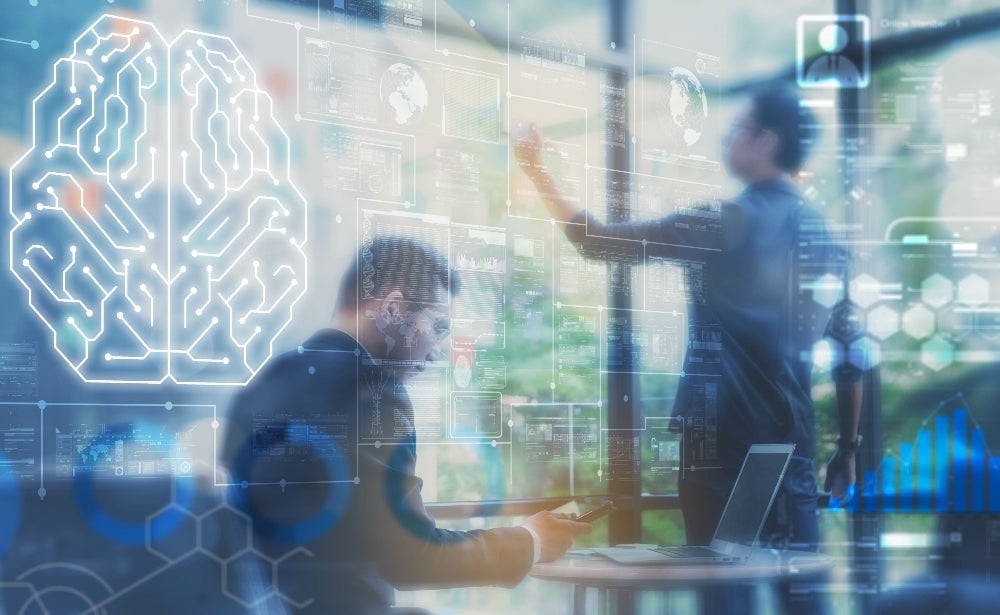An enterprise resource planning (ERP) system relies on a continuous stream of data from across the company. But feeding the ERP this information manually is an inefficient and error-prone process that relies on employees from across the company to consistently input data into the system. This manual process can result in slow, inconsistent, and siloed business information, resulting in inaccurate business insights based on stale information.
To combat this outdated data entry process, enterprises need to modernize their ERP. With ERP modernization, data from nearly every business application, shop floor machine, IoT device, and any other relevant data source can be captured automatically without needing to rely on manual input from multiple people across the company each day.
Read on to learn more about ERP modernization and how it can help companies improve efficiency and produce high-value, actionable insights.
What is ERP Modernization?
ERP modernization is the process of upgrading old, on-premises ERP systems to cloud-based ERP systems. Alternatively, ERP modernization can consist of the integration of an older ERP with modern applications and other data sources. In both cases, the aim of ERP modernization is the integration of all other business applications with the ERP, allowing the free flow of information to and from data sources and data endpoints.
Benefits of ERP Modernization
ERP modernization has wide-ranging benefits for enterprise organizations. Beyond simply saving time and reducing the risk of human error by eliminating the need for manual data entry, there are concrete business benefits to modernization.
Data collection
ERP modernization enables real-time and comprehensive data collection and normalization. This data is standardized and collected in a central location, making it easy for analysts, data scientists, and other business applications to find and use. This level of access to the right data at the right time allows for different types of predictive and prescriptive analytics to gain insights and enact automated actions.
Flexibility
ERP modernization provides an unprecedented level of flexibility to integrate with and make use of the latest technologies, regardless of vendor. From marketing automation platforms to analytics to AI and machine learning tools, a modernized ERP can integrate quickly and seamlessly with whatever application the business needs.
Real-time data
ERP modernization does not require a company to abandon on-premises systems and data. Especially in complex environments with a high number of data sources to draw from, it is important to be able to provide integrated, real-time access to data and applications. This allows every piece of information to be accessed and acted on instantly, regardless of its source.
ERP Modernization with iPaaS
True ERP modernization requires integration across the company’s entire suite of business applications. The most effective tool for integration at scale is an integration platform as a service (iPaaS) system.
An iPaaS solution provides users with a library of pre-built, no-code connectors, making it easy to connect the ERP to any business application, device, or other data source. For proprietary or niche applications, users can configure their own integrations in a low-code environment. This empowers even non-technical users to build integrations, freeing time for developers to focus on higher-value tasks.
To find out how an ERP upgrade can help you speed time to AI-informed decisions, read our ERP Modernization executive brief.

